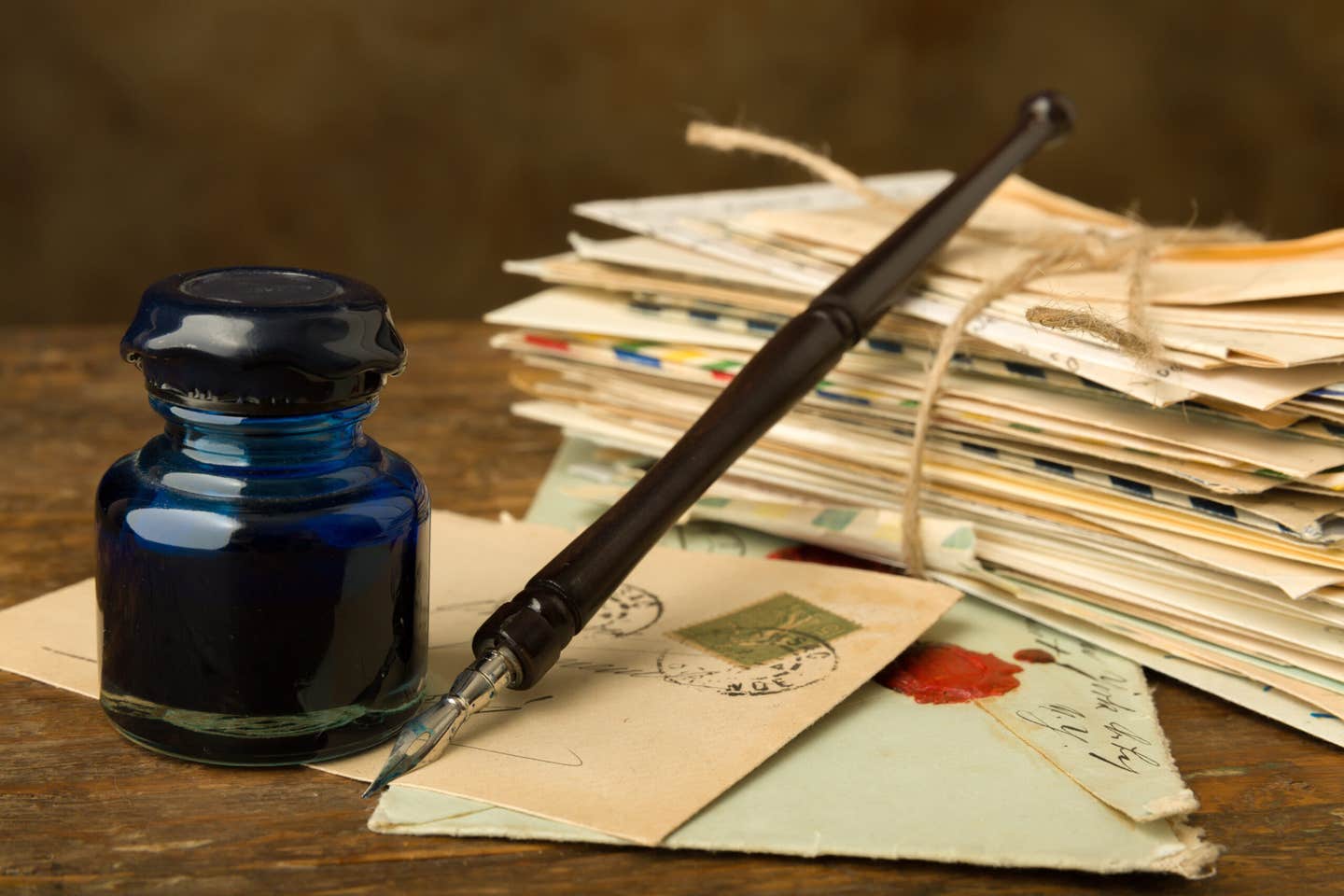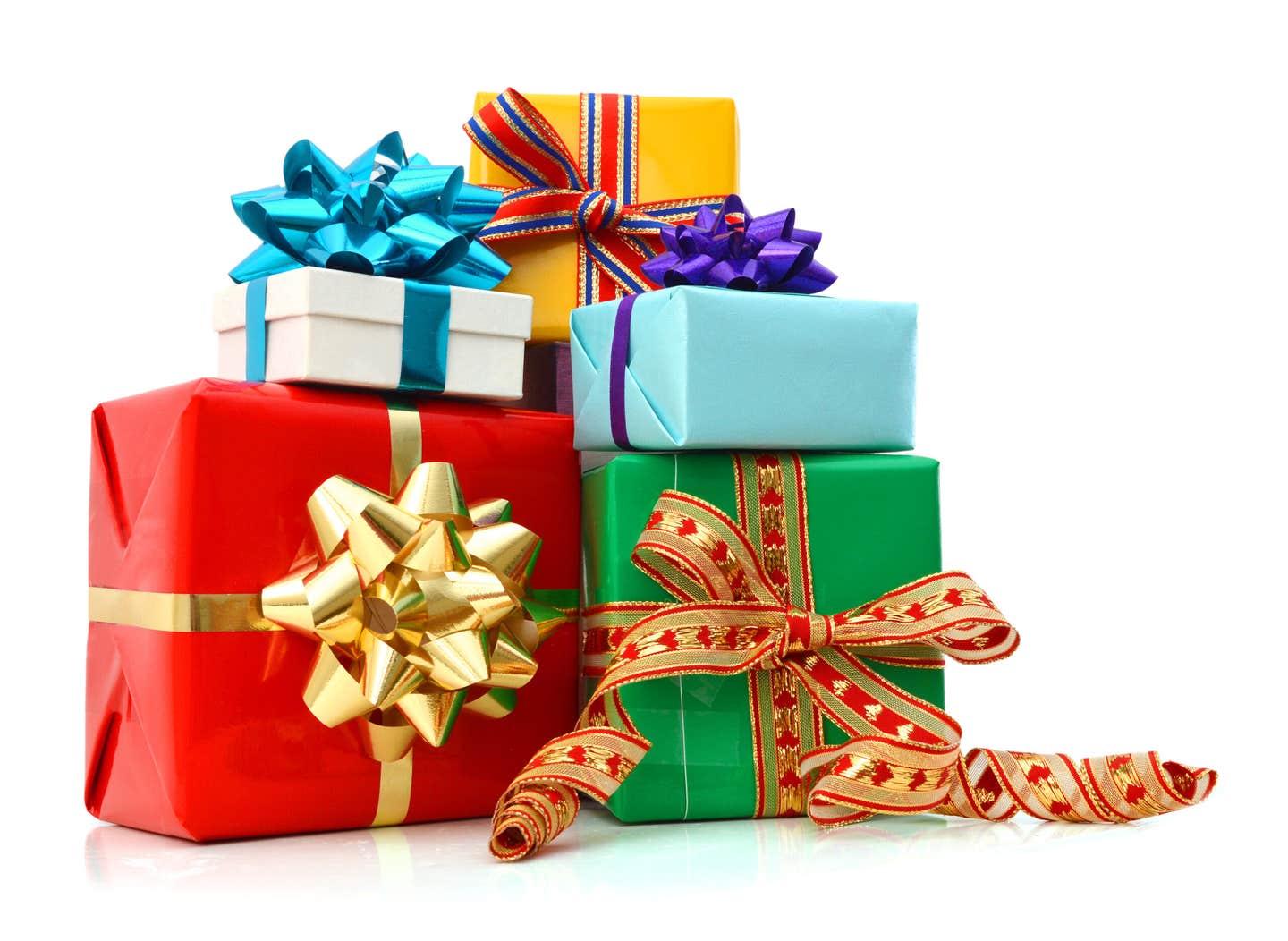Letters to the Editor (Oct. 27, 2015)
Dryer gives up surprise silver dime I was doing my laundry, when I spotted a coin in a lint trap in a dryer. It was a silver dime, 1954-D! Ginger…
Dryer gives up surprise silver dime
I was doing my laundry, when I spotted a coin in a lint trap in a dryer. It was a silver dime, 1954-D!
Ginger Rapsus
Chicago, Ill.
Does post office have stash of old stamps?
How did the U.S. Mint get thousands of mint stamps from the USPS for the Presidential Chronicle Coin sets?
For what it is worth, I wonder if the USPS retains a huge stock of old stamps somewhere for future official use. Does this mean they would have a huge stock of old rare stamps as well?
Kenneth S. Rothschild
Burbank, Calif.
Editor’s note: The Mint bought them. There are many coin and stamp dealers who will sell you old postage stamps at discounts to face value.
NCNA numismatic seminar a success
The 2nd Annual California Numismatic Seminar of the Northern California Numismatic Association (NCNA) held Sept. 26 in Vallejo, Calif., was a success with solid attendance, great presenters, and rave reviews.
Credit for this outstanding all-day event dedicated to numismatic enlightenment is acknowledged, first, to the quite generous support of Alexander B. “Xan” Chamberlain, James and Lisa Laird and John P. Russell Jr. Thanks, guys!
Second, adding to the seminar’s success were these individuals:
“Xan’”Chamberlain as the moderator; Edwin T. Hoffmark Jr. with lunch and morning refreshments; Dr. Jon and Maria Marish, with gift baskets, decorations, and a tour of the world famous Jelly-Belly plant in neighboring Fairfield, Calif.; “Doctor” Lloyd G. Chan, photography and video recording; Donald L. Hill and Earlene Millier with door prizes; and Robert W. Belleau Sr. and Jean Allen, who handled front desk registration. Thanks to all.
NCNA, under its enthused leadership of President Fred G. van den Haak, also acknowledges these five esteemed presenters: Paul R. Johnson from Unionville, Ontario, Canada; Edgar F. Fulwider, retired senior die setter at the San Francisco Mint; and Dr. Robert J. Chandler, noted American West scholar and historian.
NCNA appreciates that Numismatic News luminaries retired editor Clifford L. Mishler and current editor David C. Harper traveled from Wisconsin to participate and to share stories and recollections.
Lastly, NCNA thanks the Vallejo Naval and Historical Museum and its Executive Director James E. Kern for the support and assistance.
Much effort and preparation began over a year ago toward this seminar, and like energy and planning has begun toward the 3rd Annual Seminar scheduled for Saturday, Sept. 24, 2016.
Numismatic News readers are welcomed to check updates at www.solanocoinclub.com. President van den Haak invites fellow coin hobbyists to pencil the Sept. 24 date and adds his commendations to all who made this year’s seminar a success.
Michael S. Turrini
Seminar Coordinator
Vallejo, Calif.
Switch from paper dollars to coins to save money
I just received my October issue of Bank Note Reporter and like when I receive my issues of Numismatic News, I go straight away to the letters to read what other readers have to say about the current events in the numismatic world.
Since BNR is also published by NN’s publisher, I am responding through NN’s “Letters” to add my two copper-washed zinc cents to editor Bob Van Ryzin’s e-question “Should $1 bill be dropped in favor of dollar coin?”
Of the 19 published respondees in the BNR e-letters section, the majority agreed to the posing question. One reader responded that the size of the coin gets confused with a quarter. I would guess that the reader has never seen a golden dollar.
Even though the size of a “goldie” is the same as a Susan B. Anthony dollar, which was often confused with a quarter, the goldies (Sacagawea, Native American Heritage and Presidential) are a different color – brass-like to dark tan – than the “silverfish” copper-nickel clad quarters. This author has no problem distinguishing the two coins in change whenever he gets the two together at the same time. But perhaps the government should have taken it a step further and also changed the shape of the golden $1 to a 13-sided (to honor the 13 original states) coin.
Most stated cost and life as a logical reason for production of the $1 coin and discontinuing the bill, as well as the convenience. True, the cost of producing a coin is more than printing a bill (either paper or polymer), but in the long run metal will last longer than paper or plastic in circulation.
Depending on its use in circulation, a paper $1 can last up to 48 months before it’s retired and destroyed. A coin can last more than a century. I have found a few Indian head cents in “VG” in circulation recently. Prior to 1979, when the first SBA dollar was minted, perhaps it was more convenient to carry a paper bill than a dollar coin because of the weight and large size of the coin.
As for the weight, consider that there are no more $1 bills, which would you rather have, a single $1 coin (which weighs about the same as a quarter) or four quarters in your pocket?
Now that the dollar coin is smaller and lighter than its big brother (Eisenhower), the only convenience of paper or polymer over metal is weight. Convenience is relative, as in Cleveland, Ohio, the fare boxes and kiosks at the transit (RTA) stations are capable of accepting dollar coins or bills.
However, if you go to a RTA change machine to change a $1 bill – or higher – the change will be all in coin (quarters and $1 coins, depending on the denomination of the bill). With the advent of the “small” dollar coin, many coin-op machines have been converted or are being produced to accept the dollar coins rather than bills.
The major problem and reason the dollar coin is not circulating well in the U.S. is the duplicity of the dollar denomination. There is both a paper and metallic versions in circulation (the paper version more than the metallic).
Years back, Australia discontinued its paper dollar for the coin. Canada did the same and other nations followed suit. Every country that has switched to their “dollar” coin over the paper version has done so without a public consensus and has saved money doing so. Yet the U.S. government continues to placate to mid-19th century traditions and haa both paper and metal dollars in circulation.
The Crane Paper Company, which produces the paper for the U.S. bills $1 through $100, wouldn’t be hurt by lack of a paper $1 or even $2 bill (which could be replaced by the “rebirth” of the quarter eagle, or a $2.50 bi-metallic coin). The paper used to print the “old” $1 and $2 bills could be used to print other bills or bonds and/or other official government documents.
A lot of people don’t use the dollar coin for business because they’ve become used to the paper version. Most complain that the dollar coin is not wanted because there is the traditional paper dollar. If the paper version was suddenly taken out of circulation or no longer produced, the coin would most certainly circulate freely throughout the U.S.
It is most likely costing the government a lot of money to store the unwanted dollar coins in secure vaults throughout the US. Discontinue the production of the $1 and $2 paper bill and replace them with coins. Banks should be encouraged to issue dollar coins for values under $5. When the amount requested is $2.50, they should issue two $1 coins and a half dollar until the new quarter eagle is minted and in circulation.
The USA is a modern country. It is time for it to step out from the last century (currencywise) and join other modern countries with issuing only coins for their low value (dollar) denominations.
William B. Tuttle,
Cleveland, Ohio
U.S. behind in production of innovative coins
In response to one of your readers comments in the Aug. 4 issue that “reverse proofs are always nice to add to a collection, but I think they should stamp out a 5-ounce silver John Kennedy 50-cent piece,” here you go. It took another country’s mint to produce such a coin (almost).
The British Virgin Island mint produced a high relief 4-ounce and a 2-ounce version. I happen to own one of each graded 70 by NCG.
These coins are probably the most beautiful coins in my collection. They were limited to 1,964 piecies (celebrating the 50th anniversary). When I say high relief, I mean Mount Kilimanjaro.
The point is, why can’t the U.S. Mint start thinking outside the box?
Name withheld
Fort Lauderdale, Fla.
This article was originally printed in Numismatic News Express.
>> Subscribe today
• Are you a U.S. coin collector? Check out the 2016 U.S. Coin Digest for the most recent coin prices.
• Subscribe to our monthly Coins magazine - a great resource for any collector!









